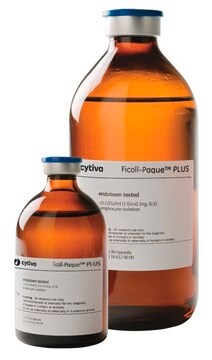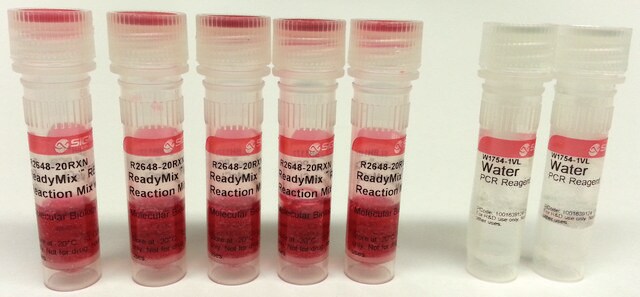P4300
Pectinase from Rhizopus sp.
suitable for plant cell culture, BioReagent, crude powder
Synonyme(s) :
Macerozyme R-10, Poly-(1,4-α-D-galacturonide) glycanohydrolase, Polygalacturonase
About This Item
Produits recommandés
Gamme de produits
BioReagent
Forme
crude powder
Activité spécifique
400-800 units/g solid
Technique(s)
cell culture | plant: suitable
Température de stockage
−20°C
Vous recherchez des produits similaires ? Visite Guide de comparaison des produits
Description générale
Application
Définition de l'unité
Mention d'avertissement
Danger
Mentions de danger
Conseils de prudence
Classification des risques
Resp. Sens. 1
Code de la classe de stockage
11 - Combustible Solids
Classe de danger pour l'eau (WGK)
WGK 3
Point d'éclair (°F)
Not applicable
Point d'éclair (°C)
Not applicable
Équipement de protection individuelle
Eyeshields, Gloves, type N95 (US)
Faites votre choix parmi les versions les plus récentes :
Déjà en possession de ce produit ?
Retrouvez la documentation relative aux produits que vous avez récemment achetés dans la Bibliothèque de documents.
Notre équipe de scientifiques dispose d'une expérience dans tous les secteurs de la recherche, notamment en sciences de la vie, science des matériaux, synthèse chimique, chromatographie, analyse et dans de nombreux autres domaines..
Contacter notre Service technique









